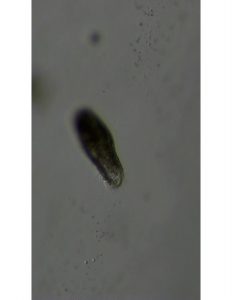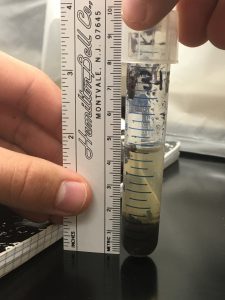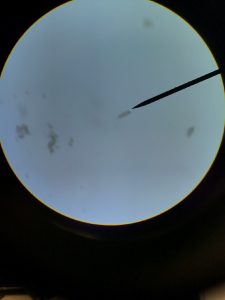Lab 13- Isolating and Classifying Ciliates 11/16
Purpose:
The purpose of this lab was to continue to isolate ciliates from our sample and take pictures of the ciliates we find. The pictures will later help us analyze what kind of ciliate we discovered. We will use the pictures and data in our final presentation about our soil.
Procedure:
- obtain our Petri dish soil samples from the previous class
- also grab our 24 well plate with ciliates we captured from the previous class
- Observe both the well plate and Petri dish under the dissecting microscope in order to see if there are still nay ciliates visible
- Pipette 5 ul of either your soil sample or already captured ciliate onto a slide in order to observe under a compound microscope
- Once you capture an isolated ciliate bring it over to the camera to take pictures
Data
- I was not able to find any ciliates in either the well plate I had nor my Petri dish
- My lab partners did not find anything either so we resorted to getting a sample from Dr. Adair’s plant
- I was able to isolate one ciliate and obtain pictures
Conclusion:
I was only able to isolate and take pictures of the one ciliate during the two classes. This lab made me realize that it was a lot harder to find ciliates than I thought. Maybe it was because I didn’t dig deep enough in the soil or the soil wasn’t super rich. Being able to find at least one ciliate did give us enough information to begin to put our final presentation together. The pictures were a little blurry so we had a tough time trying to classify the ciliate.







